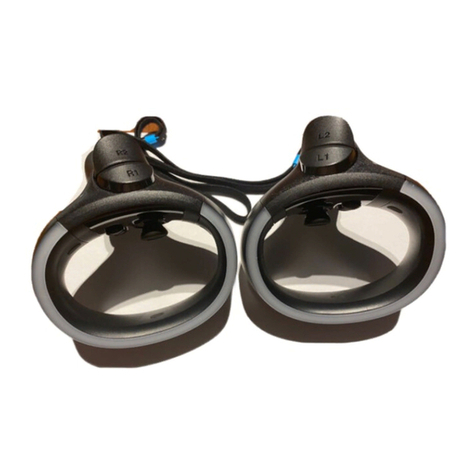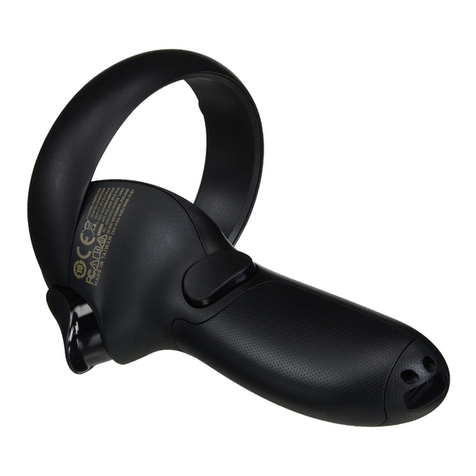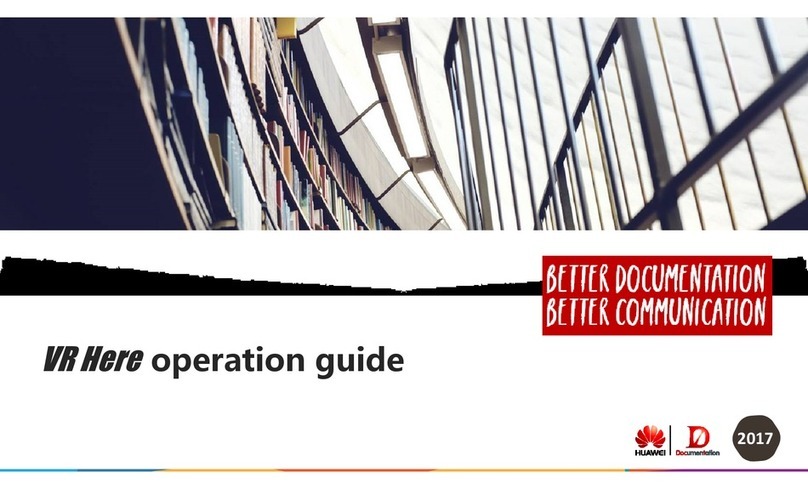
Contents
Introduction ................................................................................................................................ 1
Use cases .............................................................................................................................. 1
Hardware requirements ............................................................................................................. 2
Interface ................................................................................................................................. 4
Radio frequency (RF) ............................................................................................................. 5
Power ..................................................................................................................................... 6
Optics ..................................................................................................................................... 6
Docking .................................................................................................................................. 7
Docking embodiments .................................................................................................................... 7
Mechanical considerations ...................................................................................................... 11
Apparel size ......................................................................................................................... 12
Main feature ......................................................................................................................... 13
Docking mechanism ............................................................................................................. 14
Docking with standard tripod cradle head (w/o electric connection) .............................................. 14
Docking with side tightening wheel (w/ electric connection if needed) ........................................... 14
Accessory design ................................................................................................................. 15
Design of Pogo Pin Pad ................................................................................................................ 16
Coordinate system ............................................................................................................... 17
Software components .............................................................................................................. 24
System requirements ........................................................................................................... 24
Data format .......................................................................................................................... 26
Accessory integration ........................................................................................................... 29
Unity integration ................................................................................................................. 333
Tracker on Unity or Unreal ................................................................................................... 40
Firmware upgrade ................................................................................................................ 41
FAQ ......................................................................................................................................... 42






























